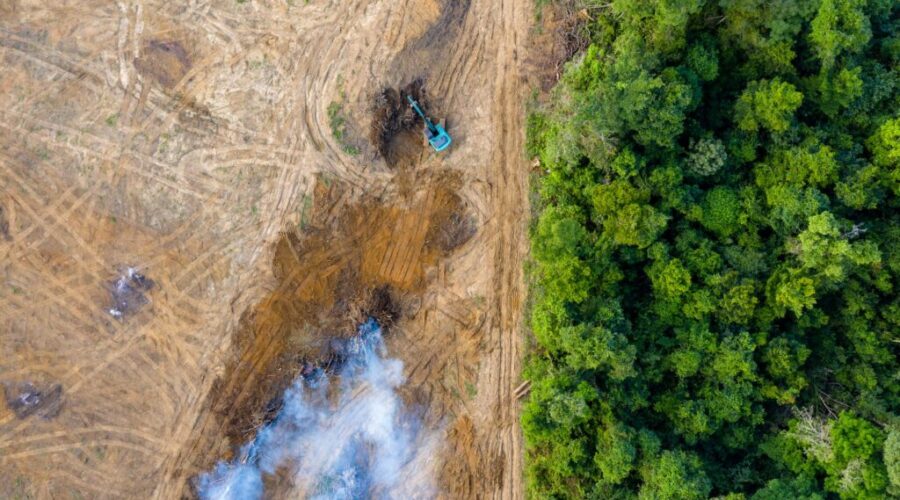With the endorsement of the New York Declaration on Forests (NYDF) in 2014, over 190 national and subnational governments, multinational companies, groups representing indigenous communities, and non-governmental organizations pledged to work toward ending forest loss by 2030.
Climate Focus annually leads an independent network of civil society groups and research institutions – the NYDF Assessment Partners– in undertaking a general and goal-specific progress assessment towards the 10 goals formulated by the NYDF. In Fall 2018, we launched the NYDF Progress Assessment updates on Goals 1-9 online.
Our assessment finds that:
- We are not on track to meet the goal to halve natural forest loss globally by 2020. Political will and company pledges are insufficient to curb tropical deforestation. Furthermore, deforestation remains at record highs.
- Forests have the potential to provide at least 30 percent of the solution to keep global temperature rise below 2 degrees, yet our forests are disappearing faster than ever (Goal 1).
- Though large shares of international and export markets in palm oil, soy, beef, and paper and pulp are covered by corporate commitments to reduce forest loss, major players in each of these commodities have yet to adopt any forest-related commitments (Goal 2). In addition, companies producing these commodities for domestic consumption or for developing country markets often do not have any forest commitments due to a lack of consumer demand for sustainable products.
- Infrastructure development and extractive activities like mining and oil and gas work synergistically to threaten forests: mines and oil wells require roads and power sources, and roads and power sources open areas to more mining and development (Goal 3). The governments of some countries with remaining biodiverse, primary forest cover, like Brazil and Indonesia, are rolling back hard-won forest protection regulations in favor of economic growth plans based on resource extraction.
- It remains difficult to assess the aggregate impact of subsistence farming and fuelwood collection on the world’s forests (Goal 4). Several examples of landscape-scale initiatives to support smallholder farmers and forest producers show promise for diversifying and improving livelihoods while reducing negative local impacts on forests from subsistence activities.
- Forest restoration commitments grow, but measuring implementation remains challenging (Goal 5). Bonn Challenge pledges reached 163 million hectares, and 49 countries have committed themselves to restoring a total of 57 million hectares of forest landscapes – an area larger than France – under the Paris Agreement. Countries are adopting new policy arrangements and strengthening implementation capacities for bringing degraded forests and land into restoration. Faced with the 2020 target and limited data on implementation, countries and organizations are increasing their focus on measuring progress of ongoing efforts.
- Investments in deforestation drivers dwarf finance to protect forests, but safeguards are slowly being introduced (Goal 8). Subsidies and investments in sectors driving deforestation (e.g. agriculture) amount to 40 times more than investments in protecting forests. While enforcement is still limited, some individual banks are emerging as leaders in the adoption of forest-risk policies. This year several banks have publicly disclosed and divested from companies with a risk of high deforestation, such as the Government Pension Fund Global.
- Results-based payments for REDD+ are under development to incentivize forest protection, but progress is slow (Goal 9). As of July 2018, 19 countries have submitted initial emissions reductions plans to the Forest Carbon Partnership Facility’s Carbon Fund, one of the main financing vehicles for REDD+. Proposals from eight countries have been accepted and agreements are under negotiation, while three others are also in the final stages of approval.
- Better data is needed to protect forests. Across sectors, lack of data is a major limitation to understanding the location-specific drivers of deforestation and the effectiveness of measures taken to protect forests. Major constraints and uncertainties include small sample sizes, lack of appropriate proxy data, and lack of verification of self-reported data.
To view the detailed findings of the individual goal assessment, please visit the online project platform – forestdeclaration.org.






